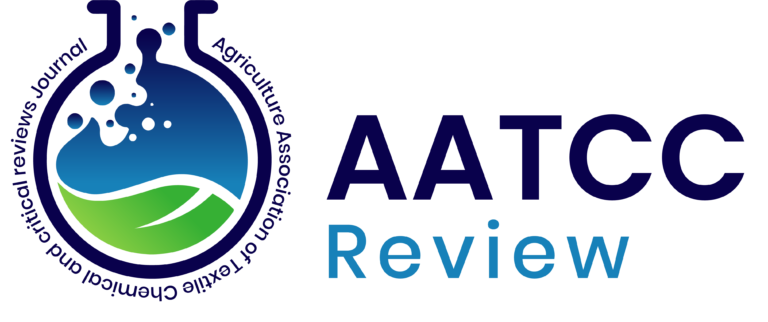Impact of rejuvenation on physiological and biochemical status of different mango cultivars under sub-Himalayan Terai region of West Bengal
DOI: https://doi.org/10.21276/AATCCReview.2025.13.02.308
Abstract
Twenty three years old five mango cultivars viz. Amarapali, Mallika, Himsagar, Fazli
and Langra were rejuvenated (severe pruning) 150 cm from the ground level. Total phenol
content, peroxidase, poly phenol oxidase, total carbohydrates and total free amino acids as well
as total chlorophyll content were measured in 2019-2020 and 2020-2021 seasons in shoot buds
with few leaves. The aforesaid parameters were measured before rejuvenation as well as four
months after regrowth of pruned plants of different mango cultivars. Total phenol content was
recorded higher (35.19 mg/g) in Langra and minimum amount of total phenols (35.50 mg/g)
was recorded in Mallika before rejuvenation of plants. Chlorophyll content was decreased after
rejuvenation of plants of all five cultivars, cv. Himsagar (1.08 mg/g) recorded higher
chlorophyll content before rejuvenated plants. The total carbohydrate was not significantly
varied before and after the rejuvenation practice and it was highest with cv. Himsagar before
(0.80%) and after (0.74%) the rejuvenation. Maximum amount of total amino acid was recorded
with cv. Amrapali (1.31%) before the rejuvenation and after pruning it was recorded higher on
cv. Himsagar (2.0 %). Negligible difference recorded for peroxidase activity, maximum amount
of peroxidase activity (0.37min/g) was recorded in cv. Himsagar before and after the
rejuvenation and minimum (0.30 min/g) quantity observed in before and after rejuvenation
plants of Mallika. The changes in PPO activity due to rejuvenation, the maximum activity of
catechol oxidase (0.72) and laccase (0.62) were recorded in Langra.
PDF: View / Download
